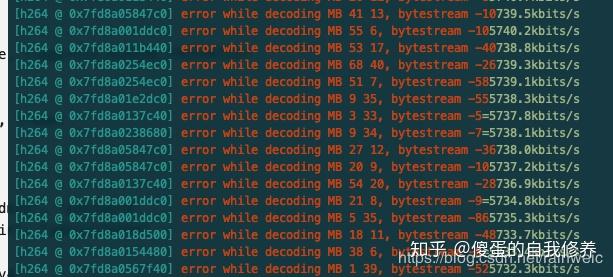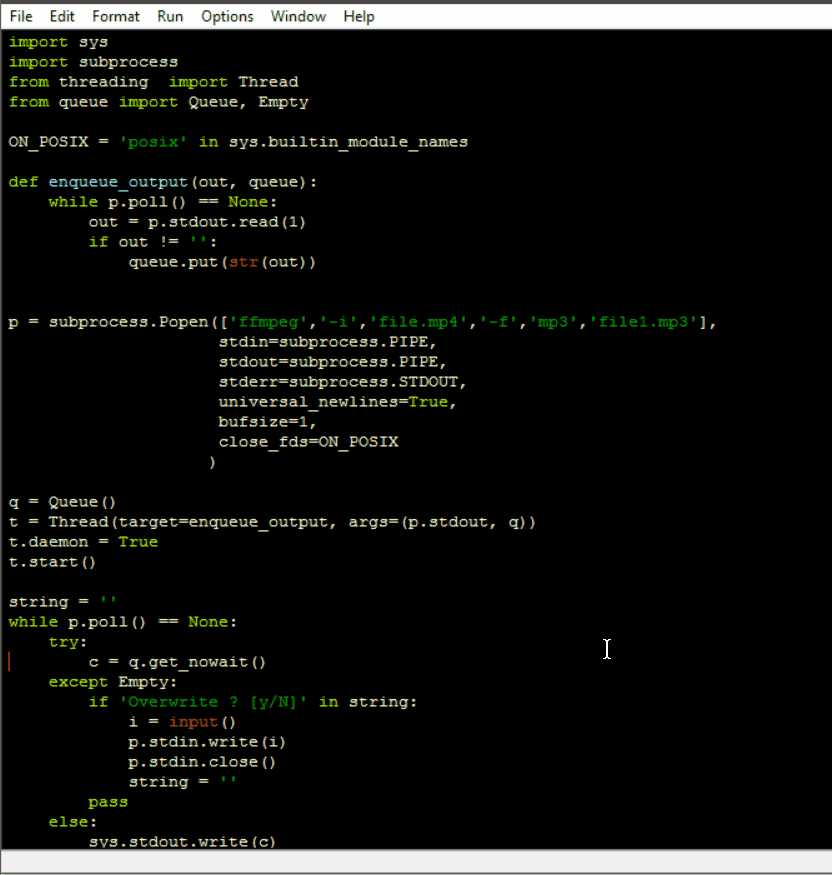

Same for output - it can be written to a file or sent to STDOUT. def testpipe(): width 32 height 32 framesize width height 3 3 bytes for rgb24 framecount 10 startframe 2 out ( ffmpeg.input( pipe:0. Input can be specified as a file path as well as sent to STDIN via ffmpeg’s pipe protocol. In other words it’s a (bit) more user-friendly interface to compiling a command line to be passed to subprocess. Under the hood it uses Python’s subprocess module to run ffmpeg exeutable. See ffmpeg documentation for further details about how ffmpeg command line options and arguments work.,ffmpy is the simplest ffmpeg wrapper one can imagine.

It can read from an arbitrary number of input “files” (regular files, pipes, network streams, grabbing devices, etc.) and write into arbitrary number of output “files”. The following example reads data from a file containing raw video frames in RGB format and passes it to ffmp圓 on STDIN ffmp圓 in its turn will encode raw frame data with H.264 and pack it in an MP4 container passing the output to STDOUT (note that you must redirect STDOUT of the process to a pipe by using subprocess.PIPE as stdout value, otherwise the output will get lost):įfmpy resembles the command line approach ffmpeg uses. This can be achieved by using FFmpeg pipe protocol. In this case, asynchronous execution using asyncio is possible.,The simplest example of usage is converting media from one format to another (in this case from MPEG transport stream to MP4) preserving all other attributes:,ffmp圓 can read input from STDIN and write output to STDOUT. The following code snippet replaces CR with LF from FFmpeg’s progress output and echoes it to STDERR while FFmpeg processes the input video.,In certain cases, one may not wish to run FFmpeg and block on waiting for results or introduce multithreading into one’s application. Processing FFmpeg output without multithreading or blocking is also possible.


 0 kommentar(er)
0 kommentar(er)
